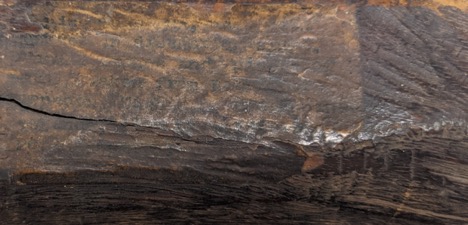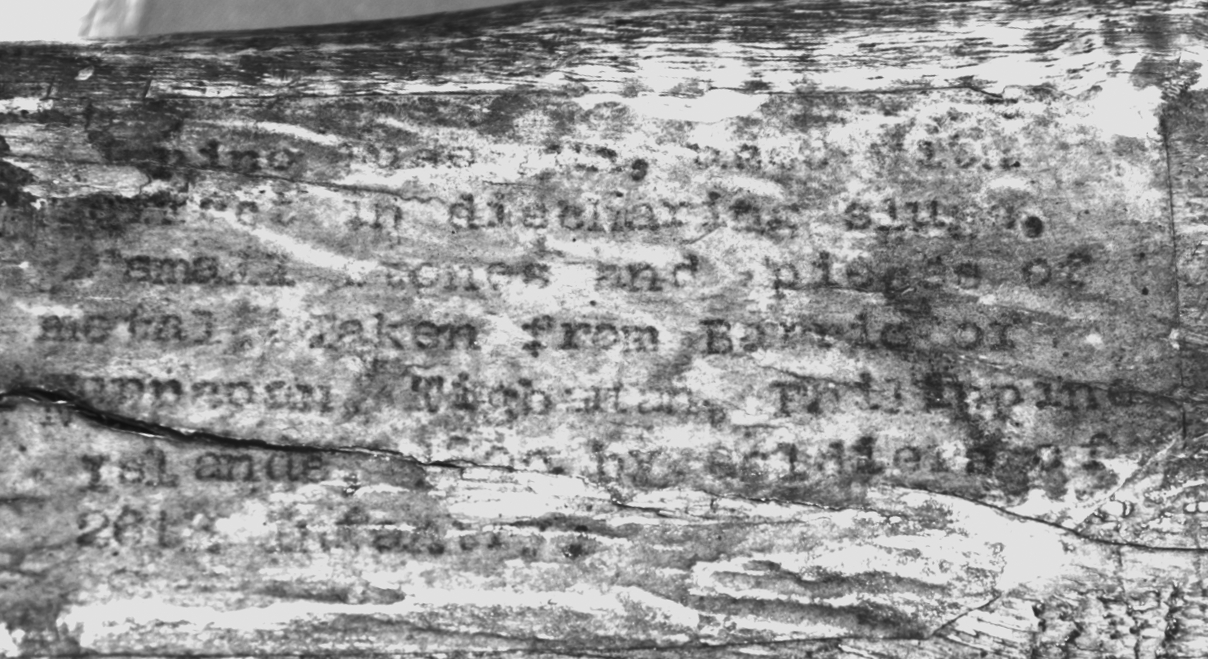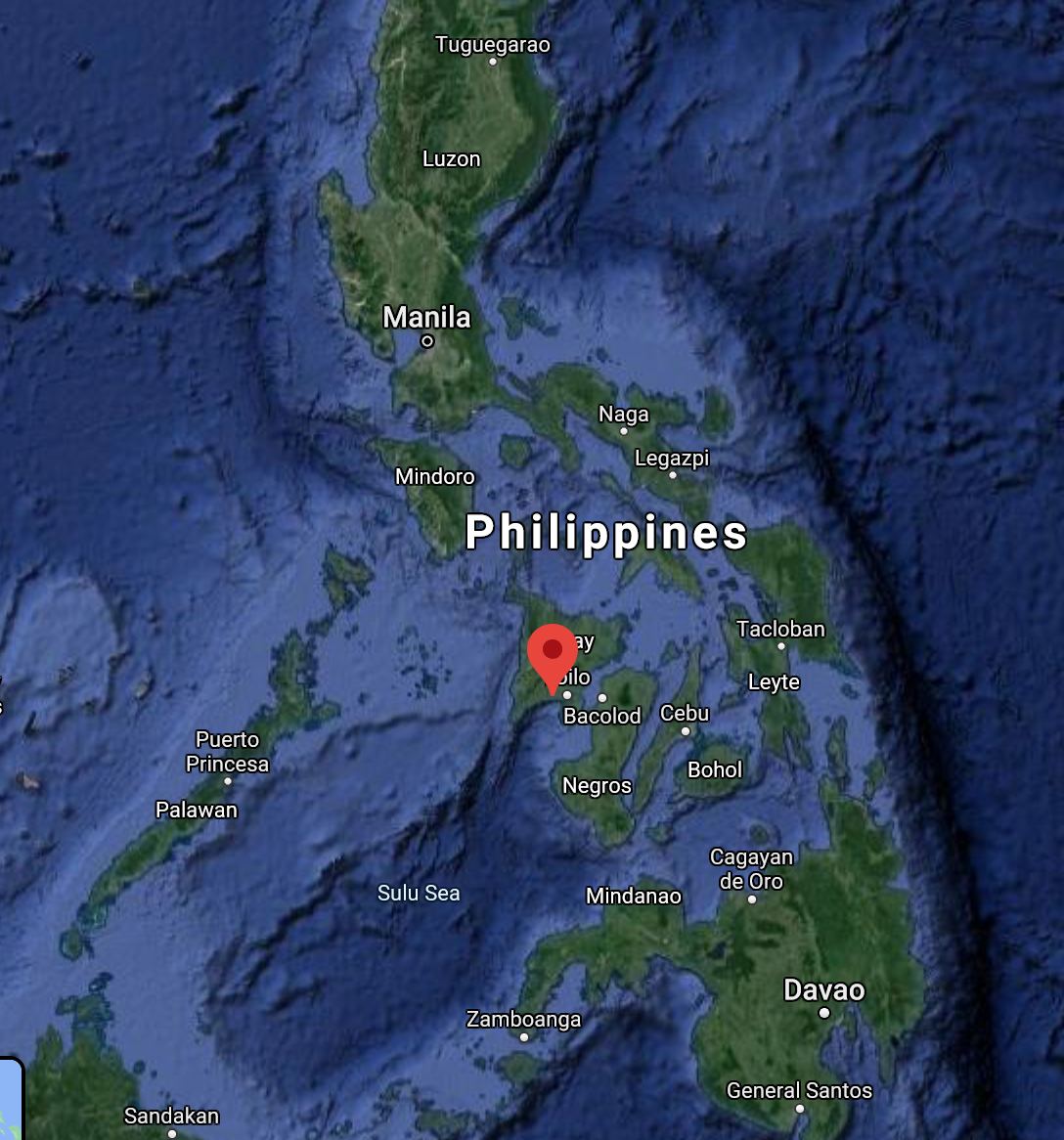Back in 2019, Molly McGath and I posted about the Conservation team’s digital infrared camera . The camera has been used numerous times in the intervening two years, but I wanted to share a particularly cool little mystery the IR camera recently helped us figure out!
Last month, two of our curators were looking into the provenance of a really interesting artifact in our Collection: this improvised ‘blunderbuss,’ essentially fashioned out of pipe and a crudely shaped wooden stock. We had little information about this gun, other than the fact that it belonged to Rear Admiral James Kelsey Cogswell in the late 19th century.

In an effort to better understand this unique artifact and where it came from, Curator Jeanne Willoz-Egnor did preliminary research into Rear Admiral Cogswell’s history and the ships he was stationed on. You can check out the object’s catalogue record to read more about the fascinating places he was stationed during his time in the Navy. While Jeanne had good reason to suspect that this DIY weapon was likely acquired while Cogswell was in the Philippines during the Philippine-American war (1899-1902), there was no conclusive evidence as to the gun’s origin.
However, a printed paper label located on the stock of the gun seemed a promising source of information… if only it were legible! At some point early on in the gun’s history, the stock and label were completely covered in a varnish that has darkened over time (oxidation, my old friend). Hints at words are visible, including the word ‘from’ at the center of the label, but a definitive interpretation of the text was just not possible… at least not to the naked eye.

After a quick trip to the conservation lab, this makeshift muzzle was photographed and seen in a whole new light- literally. A series of images were taken of the label with varying infrared filtration to hone in on just the right wavelengths to best see ‘through’ the old varnish.
Et voilà!

Some of the label is physically missing, and the text is worn away in areas, but most of the message is still legible and reads:
“–ippino [f]use [gun], [?] in discharging slugs, small stones and pieces of metal. Taken from B[arrio] o[f] [Napnapan], [Tigbauan], Philippine islands. [U]sed by soldiers of 26th Infantry”
Barrio, or a ‘barangay,’ is a Philippine administrative district similar to a ‘village’ or ‘neighborhood.’ Tigbauan is a municipality on the island of Panay. For reference, here is a location point on Google maps of Napnapan.

As Jeanne suspected, this improvised fuse gun is from the Philippines! When fellow Objects Conservator Erik Farrell saw the first IR images of the label, he noted, “Ah yes, I should have known, since the Philippine-American war is famous for improvised weapons.” Well, that wasn’t common knowledge to me, but now I know!
I guess we all learn something new every day… sometimes with a little help from the electromagnetic spectrum. Stay tuned for other adventures in imaging beyond what the eye can see!